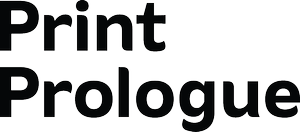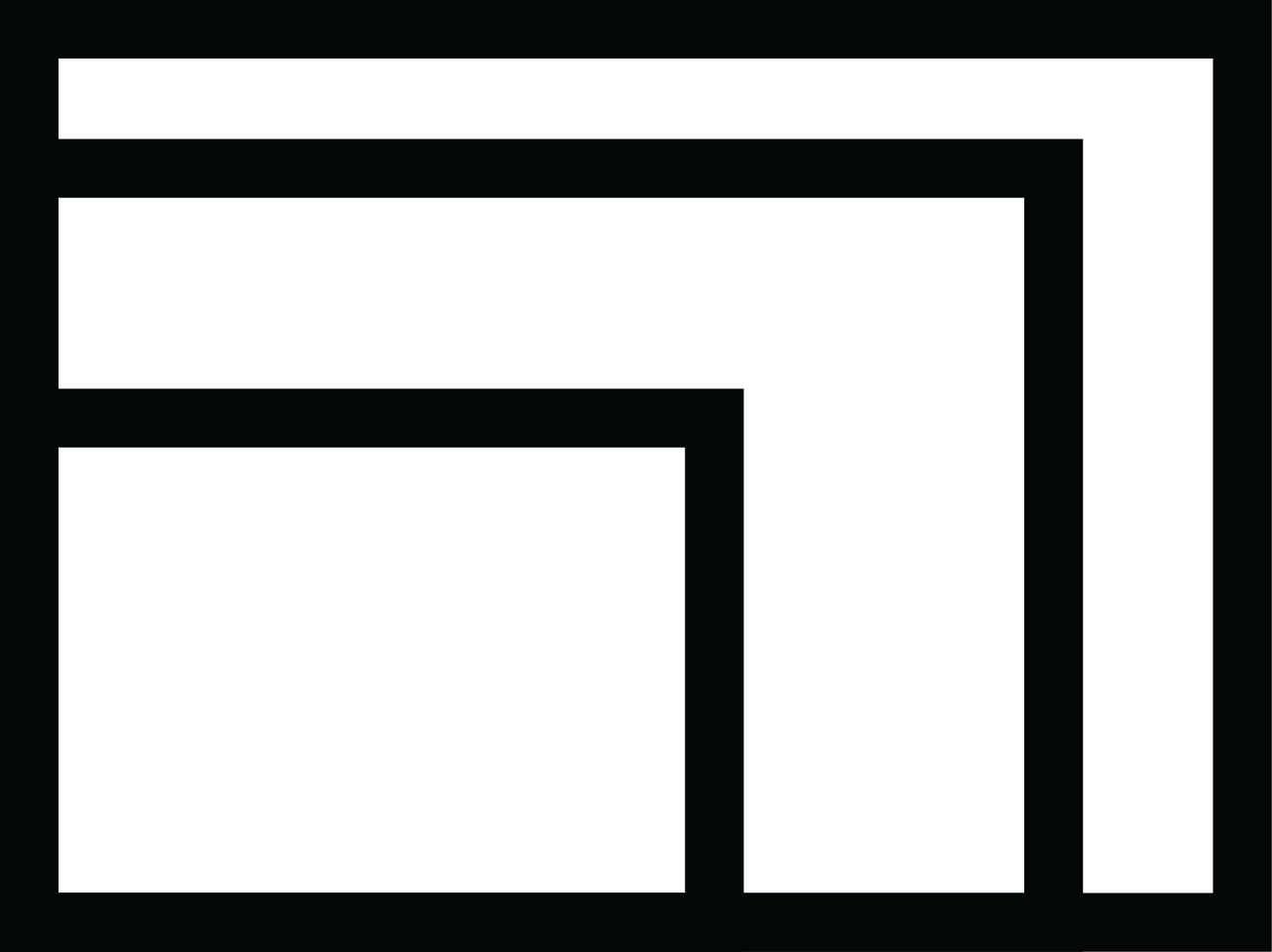LETTERPRESS
Letterpress printing is great if you’re looking for tactility and texture in your typography or graphic elements. In letterpress pieces, you can feel the printed elements pressed into the paper.
How it Works:
Letterpress in Action
COST
The cost of letterpress printing is higher than offset and digital printing due to the detailed handwork, antiquity of machines and increasingly high demand. Letterpress has made a recent comeback in the craft printing industry but there are still very few printers that have the machinery and the pressmen that are skilled in this method.
TURNAROUND
Letterpress timelines are more lengthy than other print methods. Allow 14–28 business days after proof approval for jobs.
PAPER
Uncoated papers with higher cotton content work best. Smooth and textured uncoated stocks are also an option. Heavier stocks (160–260 lb.) are also acceptable options. Depending on the press, you can even print on board-weight stock (i.e. chipboard coasters).
SHEET SIZE
Up to 12" x 18"
INK
Not recommended for photographic images and large solid areas of color unless you’re going for a distressed look. Great for 1, 2 or 3 color jobs. A solid ink color is assigned to each plate, and colors are run one at a time. Inks can be matched to PMS color swatches.
DESIGNER INVOLVEMENT
Due to the extensive plating process, proofs are required. Also, be ready to be a little more flexible with the output of the design and registration. If you’re going for ultimate precision, offset printing is best.
MACHINE
Modern letterpress printers will get a photopolymer plate produced for your custom digital artwork. Once the plates are produced, they ink it and then make an impression of the artwork on the paper using a Letterpress.







